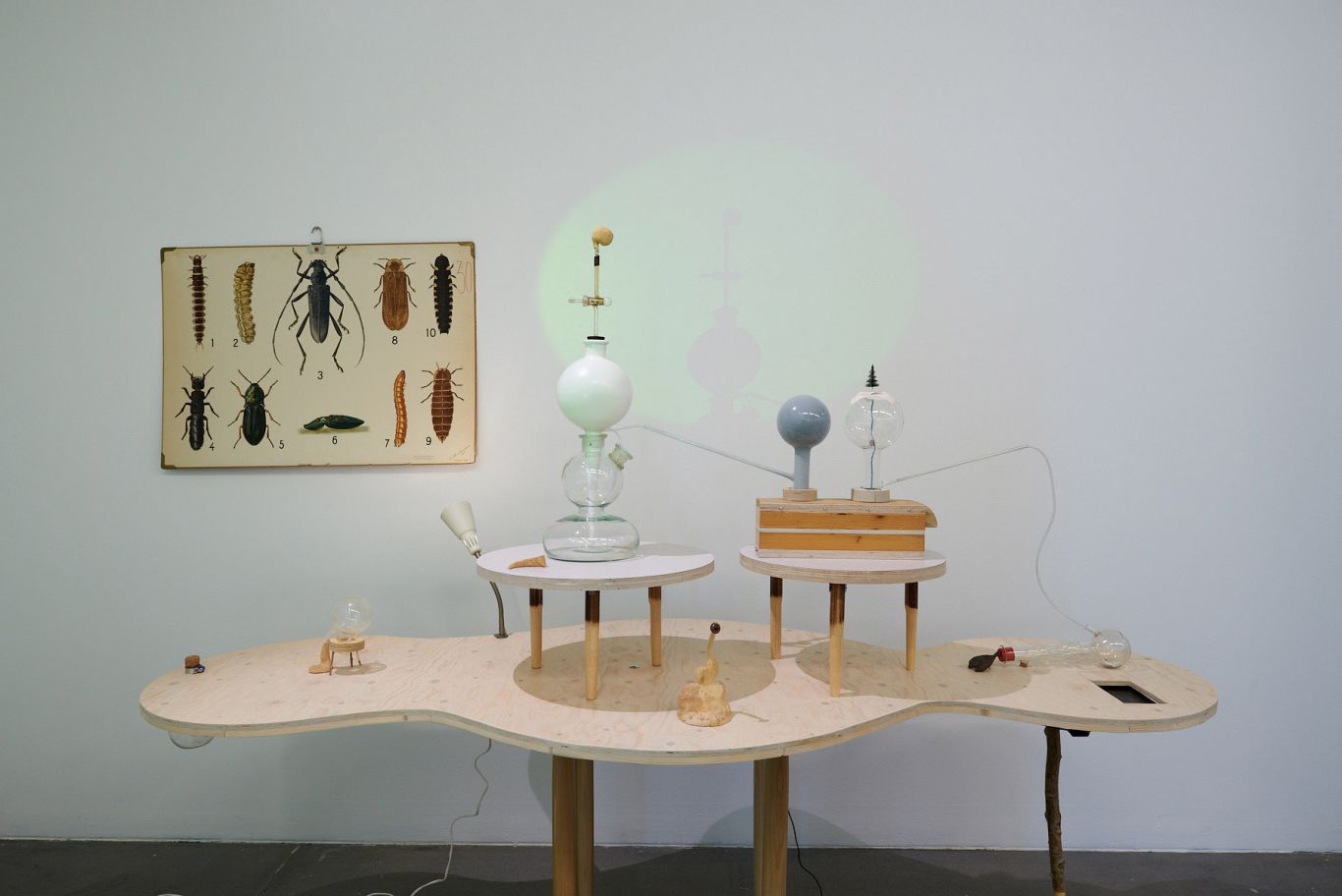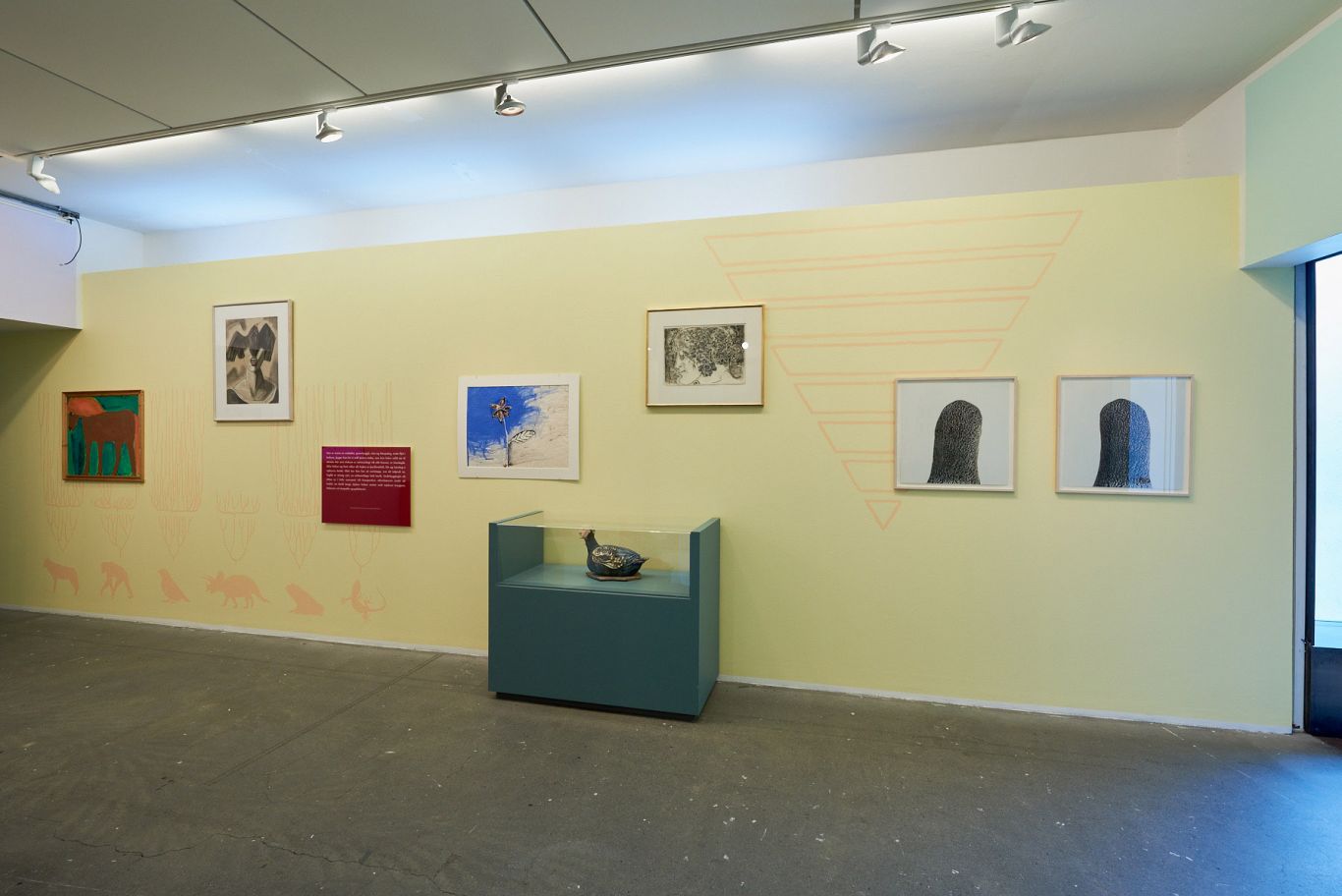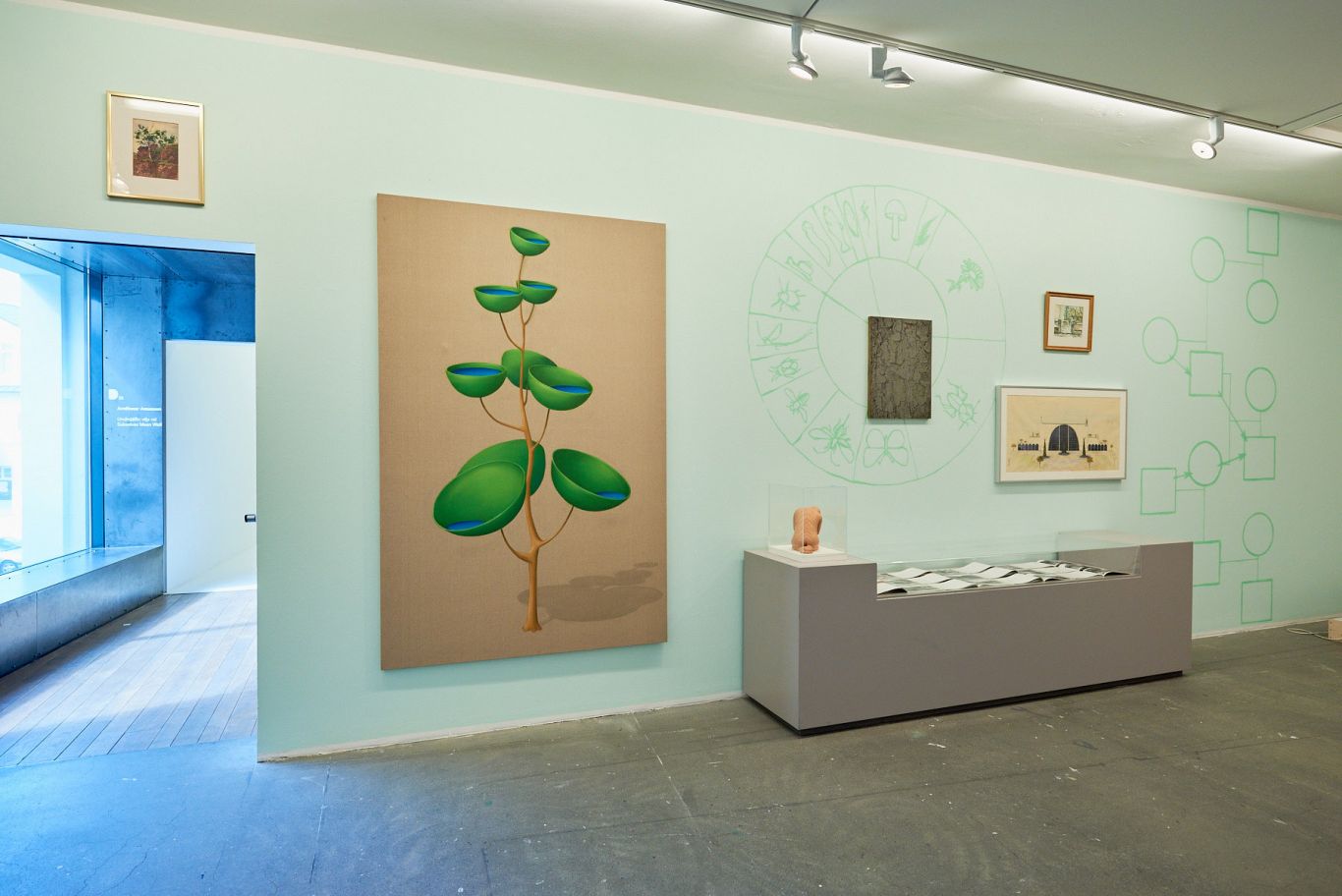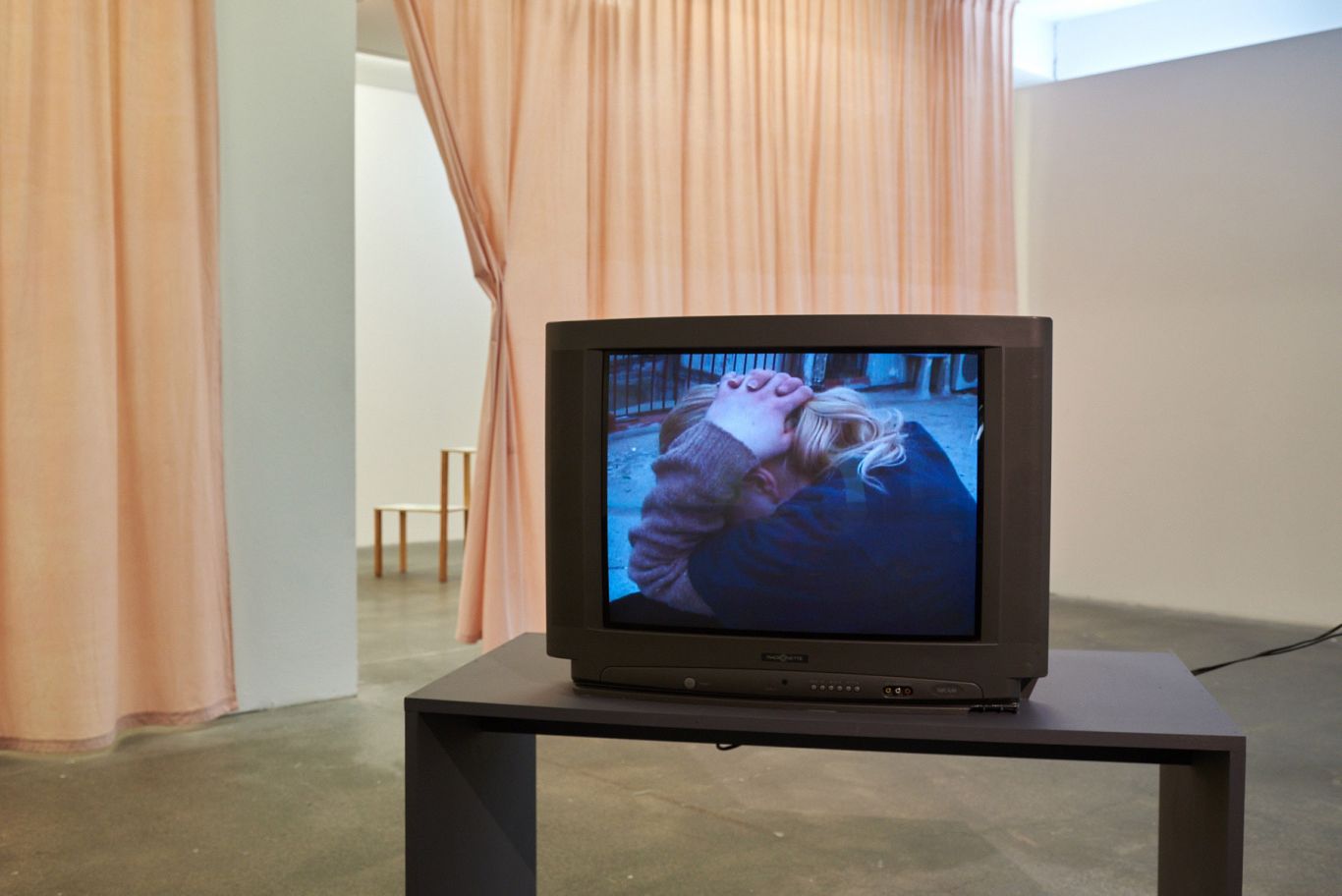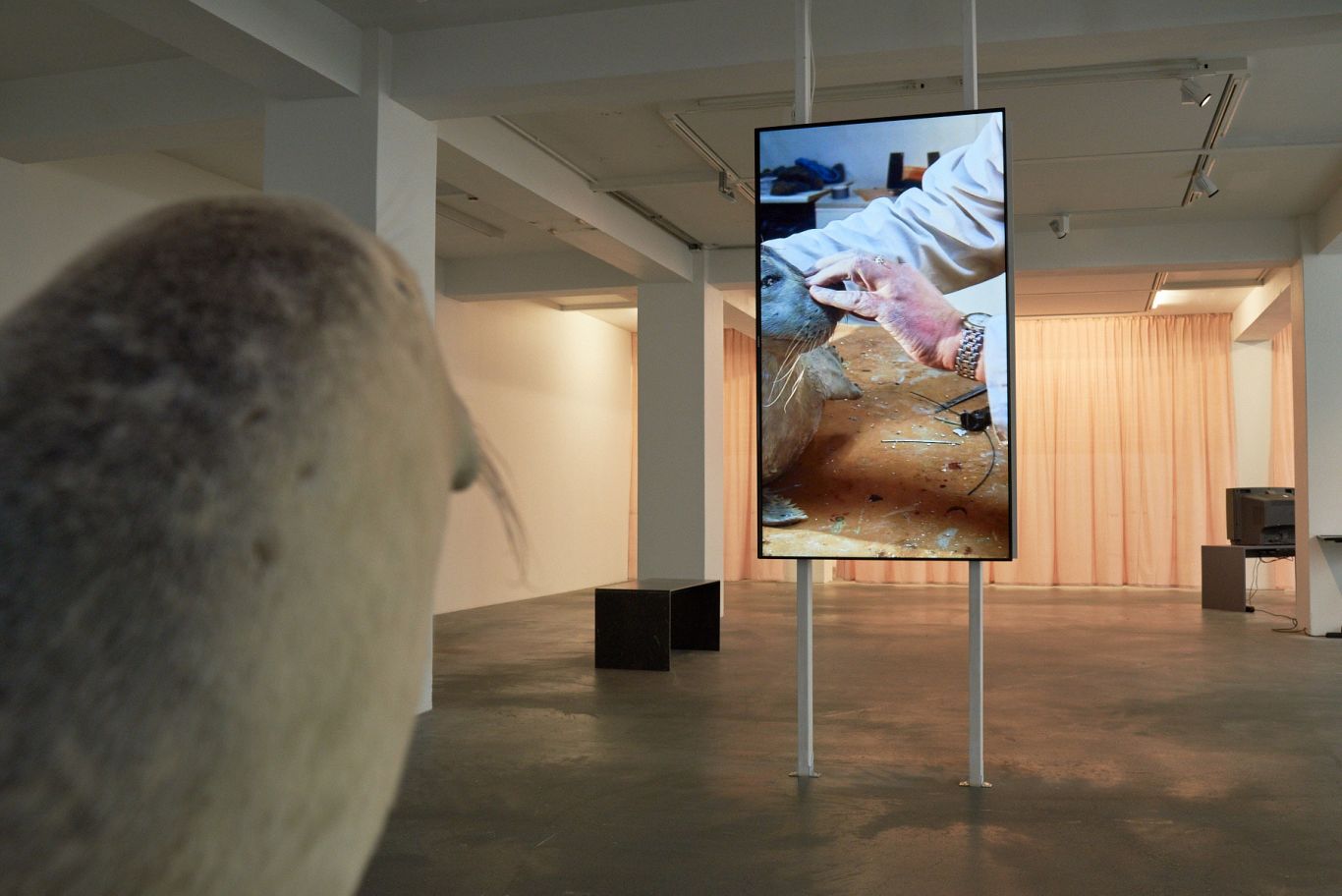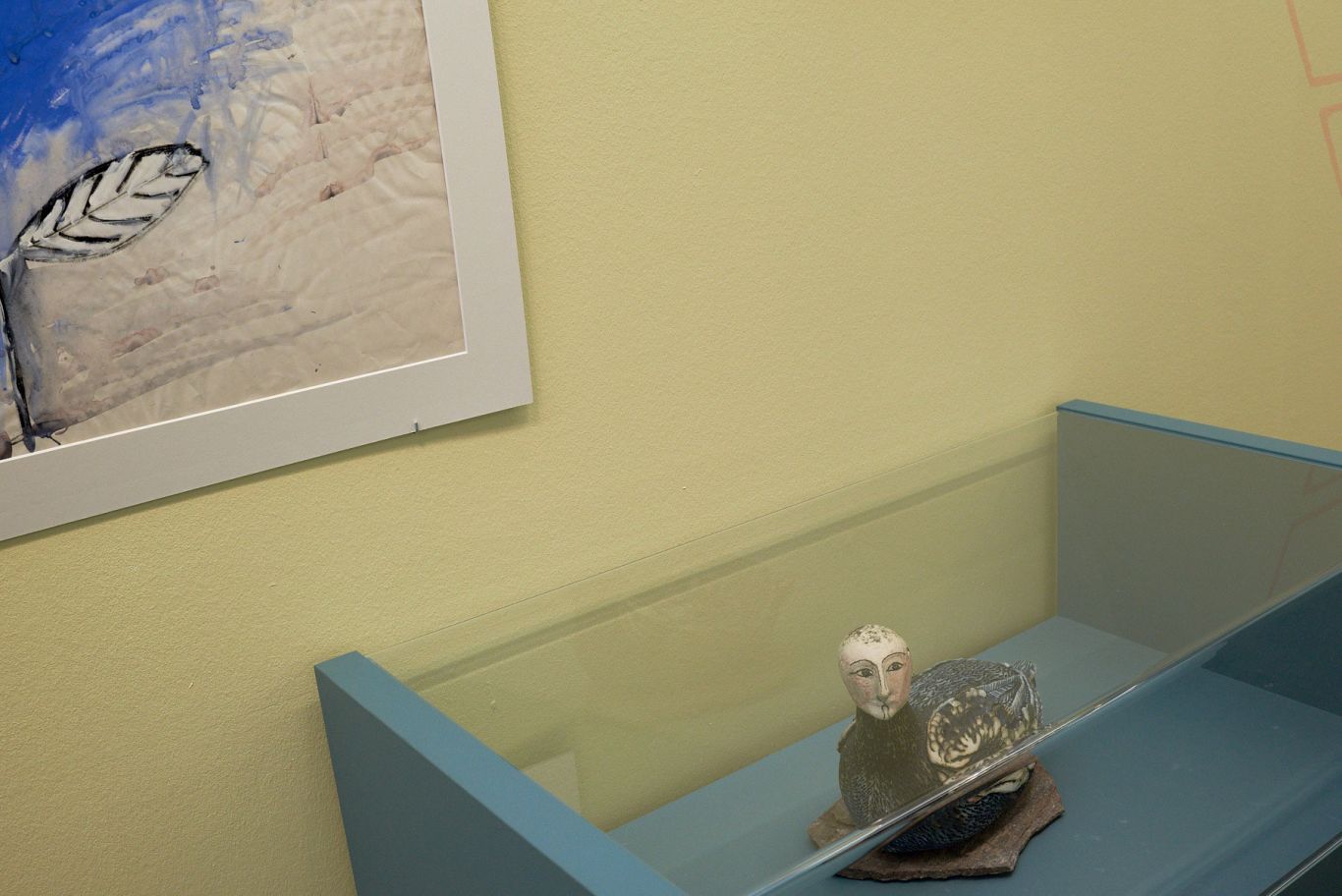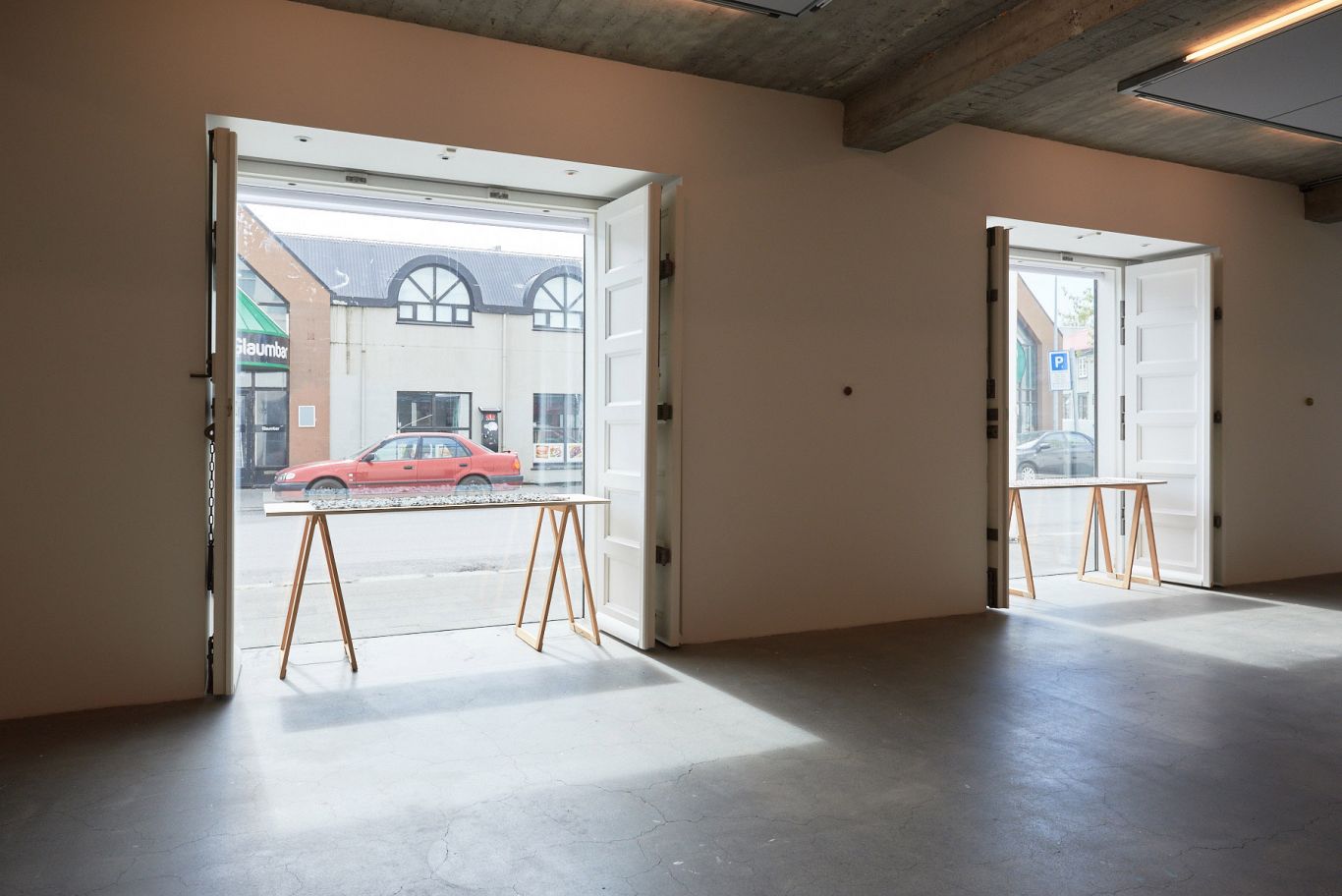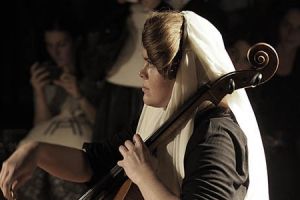Choose year
KINGDOM – Flora, Fauna, Fable
How is the relation of contemporary art to nature? From the beginning, art history has reflected human interest in the earth´s biota, but in recent times, people´s attitudes towards it have undergone a radical change. Scientific discoveries have gained us more insight into the smallest living units as well as the interaction between complicated ecosystems, and thus overthrown antiquated and accepted ideas. The prevailing idea of man as a dominant being, and other forms of life different from and inferior to him, has given way to the knowledge that all life is based on the same foundation. In spite of this, man does not seem inclined to give up manipulating life for his own ends. Increased knowledge constantly raises new questions, but also leaves room for uncertainty, faith and hope (or fear) of new discoveries around the corner.
The contemporary artists‘ attitude to nature is to observe it in an objective manner, or use it as a mirror for the self and society. In both cases the interpretations can be fresh and ingenious and encourage creative thinking while at the same time provoking questions about man´s position towards his environment. Just as nature has been categorized, you can see different categories in the different approaches of various artists. For example, the research targeted approach; the allegorical; the aesthetic; or even surreal approach. Interdisciplinary ways of thinking have opened up a novel field, where art mixed with science, philosophy, science fiction and history plays a major role.
The exhibition KINGDOM – Flora, Fauna, Fable gives the viewer insight into the art of dissimilar artists through their work from recent years and decades, as well as older works from the archives of Reykjavík Art Museum.
An exciting program runs alongside the exhibition.
Click on the pictures to view some more on Instagram and post your own by using the #hashtag of the exhibition.
Remember to follow Reykjavík Art Museum on @reykjavikartmuseum.

